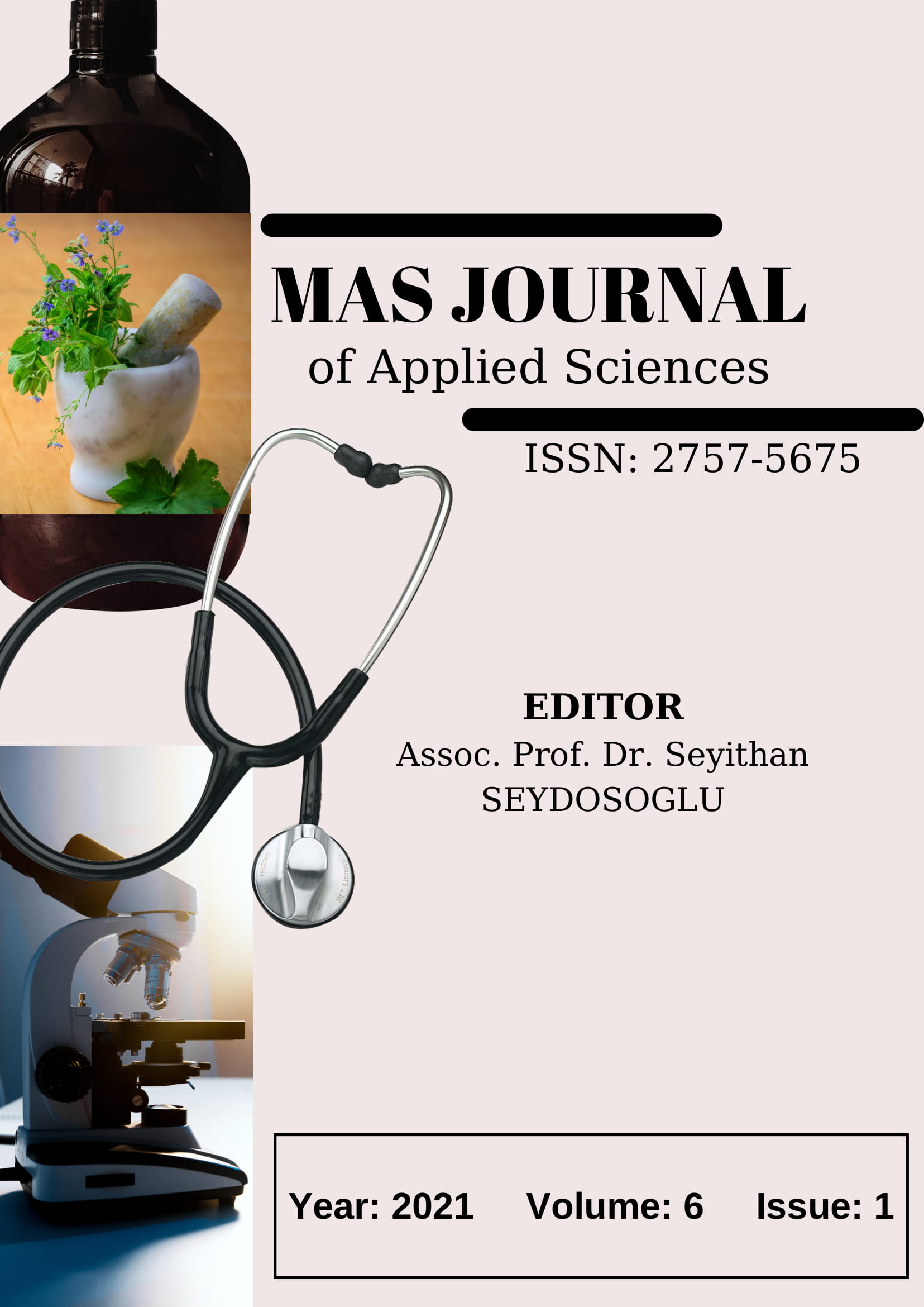The Effects of Different Row Spacings, Chicken Manure Doses and Seed Pre-Applıcations on Quality Features of Chickpea (Cicer arietinum L.)
DOI:
https://doi.org/10.52520/masjaps.8Keywords:
Quality, Chickpea, Chicken Manure, Rhizobium, Row Spacing, VermicompostAbstract
This study had conducted to determine the effects of different row spacings, chicken manure doses, and seed pre-applications on quality features of chickpea (Cicer arietinum L.) in Siirt conditions during the 2016-2017 growing season. The research had laid out in a split-split plot design with three replications. In the study, three different row spaces (20, 30, and 40 cm) as main plots; seed pre-application and Mesorhizobium ciceri inoculation as split plots, and chicken manure doses (0, 40, 120, and 200 kg/da) had applied as split-split plots. According to the results of the study, seed protein ratio, protein yield, seed phosphorus content, seed potassium content, and total dry matter ratio varied between 21.9-23.1 %, 18.6-57.0 kg/da, 3309-4783 ppm, 9621-12585 ppm, and 90.4-95.3 %. As the row spacing decreased, the total dry matter ratio and seed potassium content increased, but the seed protein ratio and seed phosphorus content were not affected. The highest total dry matter ratio in the grain had obtained from 30 cm row spacing (94.4 %). Pre-applications and chicken manure doses did not affect seed protein ratio, seed phosphorus content, and seed potassium content. As a result, in this study carried out under the ecological conditions of Siirt province, the highest protein yield was obtained from 20 cm row spacing + Mesorhizobium ciceri + 40 kg/da chicken manure application.
Downloads
Published
How to Cite
Issue
Section
License
Copyright (c) 2021 The copyright of the published article belongs to its author.

This work is licensed under a Creative Commons Attribution-NonCommercial 4.0 International License.


